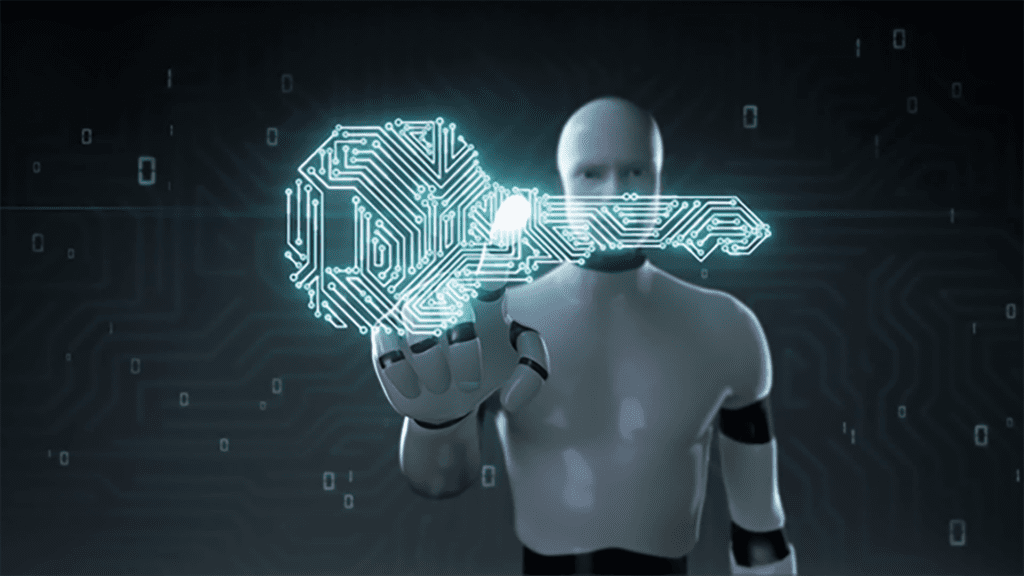Artificial intelligence (AI) is rapidly transforming the world, and cybersecurity is no exception. AI-powered cybersecurity solutions can help organizations detect and respond to threats faster and more effectively than ever before.
The digital age has brought both immense opportunity and significant challenges. As Artificial Intelligence (AI) revolutionizes various sectors, cybersecurity emerges as a critical battleground. Traditional methods struggle to keep pace with the ever-evolving tactics of cybercriminals. This blog post explores the intersection of AI and cybersecurity, examining how AI-powered solutions can bolster our defenses. We will delve into how AI can analyze vast datasets, identify anomalous patterns, and predict potential attacks before they unfold. By exploring these advancements, we aim to illuminate the potential of AI in safeguarding our increasingly interconnected world.
The escalating sophistication of cyber threats necessitates a continuous evolution of defensive strategies. Artificial intelligence (AI) has emerged as a powerful tool in the cybersecurity landscape, offering a multifaceted approach to information security. Below we will explore the diverse applications of AI in enhancing cybersecurity:
- Threat detection: AI can be used to analyze large amounts of data from security logs, network traffic, and other sources to identify patterns and anomalies that may indicate a cyber attack. This can help organizations detect threats early, before they have a chance to cause damage.
- Malware analysis: AI can be used to analyze malware samples and identify their capabilities and potential impact. This information can be used to develop more effective defenses against malware attacks.
- Vulnerability assessment: AI can be used to scan systems for vulnerabilities that could be exploited by attackers. This can help organizations identify and fix vulnerabilities before they can be exploited.
- Incident response: AI can be used to automate tasks associated with incident response, such as investigating incidents, containing threats, and recovering from attacks. This can help organizations reduce the time and impact of cyber attacks.
The burgeoning potential of AI in cybersecurity is reflected in the significant increase in projected spending. According to market research, investments in this area are poised for substantial growth. A focus on AI security spending is corroborated by reports highlighting it as a top investment priority for cybersecurity leaders. These figures illuminate a multifaceted approach to AI adoption, with threat detection currently leading the way. However, the exploration of AI across a broader spectrum of cybersecurity functions, encompassing prediction and response, underscores its expanding role. Having established the potential of AI in cybersecurity, an exploration of the associated facts, trends, and statistics proves further insight.
- Predictions on AI for cybersecurity spending generally agree on a significant increase. According to Markets and Markets, spending on global AI for cybersecurity is expected to increase to $60.6 billion by 2028, from $22.4 billion in 2023.
- 56% of companies have adopted AI-powered cybersecurity systems, signifying a notable shift in the industry towards AI-based protection. (Source: ZipDo, 2023)
- 80% of CISOs reported that they plan to increase spending on cyber/information security in 2024, the top technology category for increased investment. (Source: Gartner)
- Cyber threat detection leads the way in AI adoption among executives, with 48% reporting extensive use. While prediction (34%) and response (18%) see traction, they lag behind. (Source: PurpleSec)
- From threat detection to incident response, 73% of respondents are exploring a range of AI use cases for cybersecurity. (Source: Purplesec)
- By automating threat detection and response, AI and machine learning reduce cybersecurity effort and costs, with an average cost reduction of 12% and some organizations saving even more. (Source: Purplesec)
- 61% of organizations say they will not be able to identify critical threats without AI, while 69% believe AI will be necessary to respond to cyber attacks. (Source: Purplesec)
While statistics paint a clear picture of AI's pervasive influence. The true impact of this technology lies in its tangible applications. In our second blog on this subject, we will discuss further the application components.

